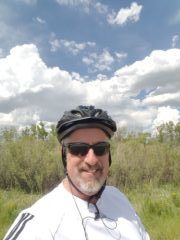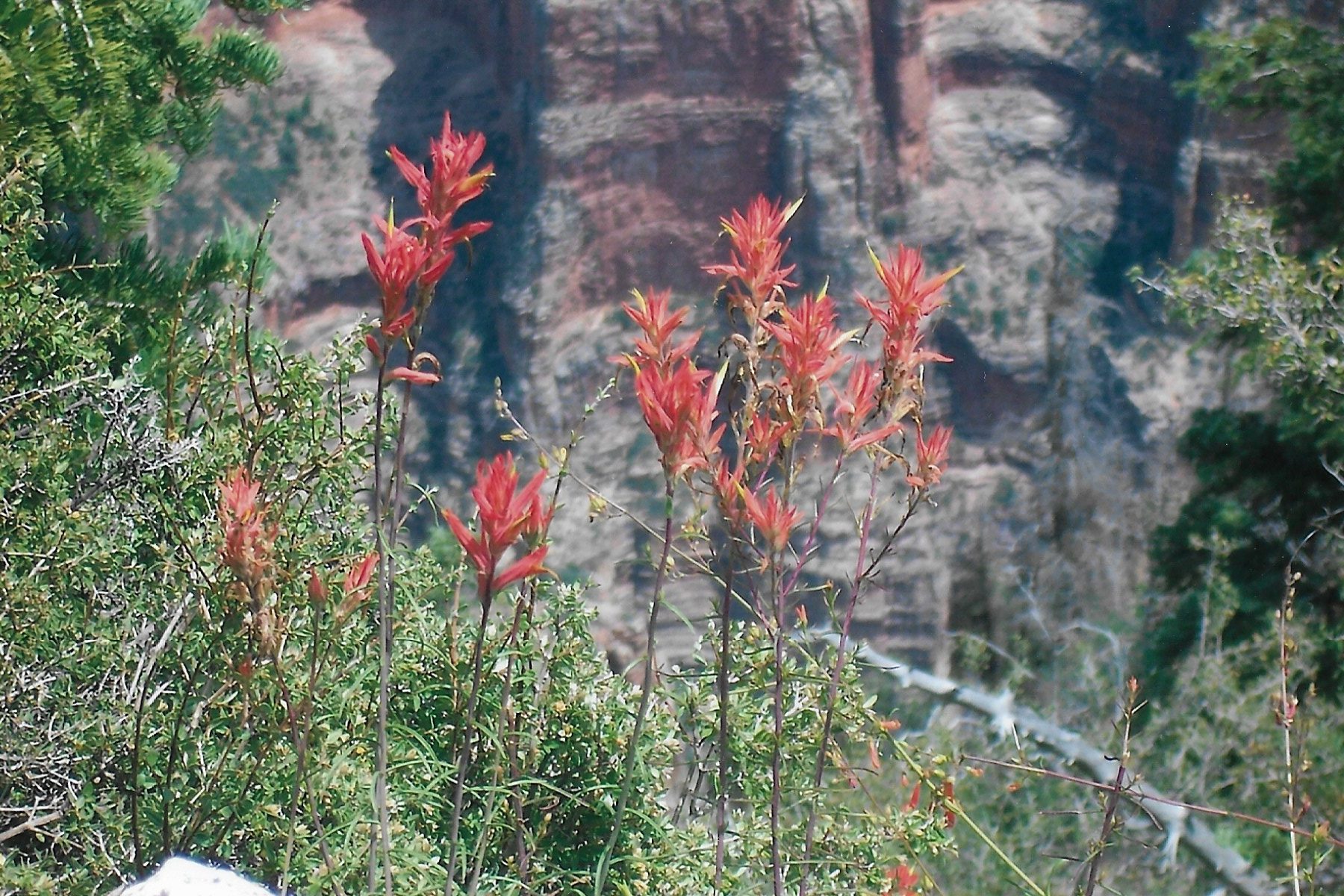
“Travel makes one modest. You see what a tiny place you occupy in the world.”
Gustav Flaubert
In part 1 of my post on the VintageFamily’s 2005 Great Southwest Desert Roadtrip *insert blog link*, I highlighted our visits to Great Sand Dunes and Mesa Verde national parks. I ended the post with our visit to the Four Corners area. In today’s post I pick up from when we left Four Corners and continued on with our journey to the Grand Canyon.
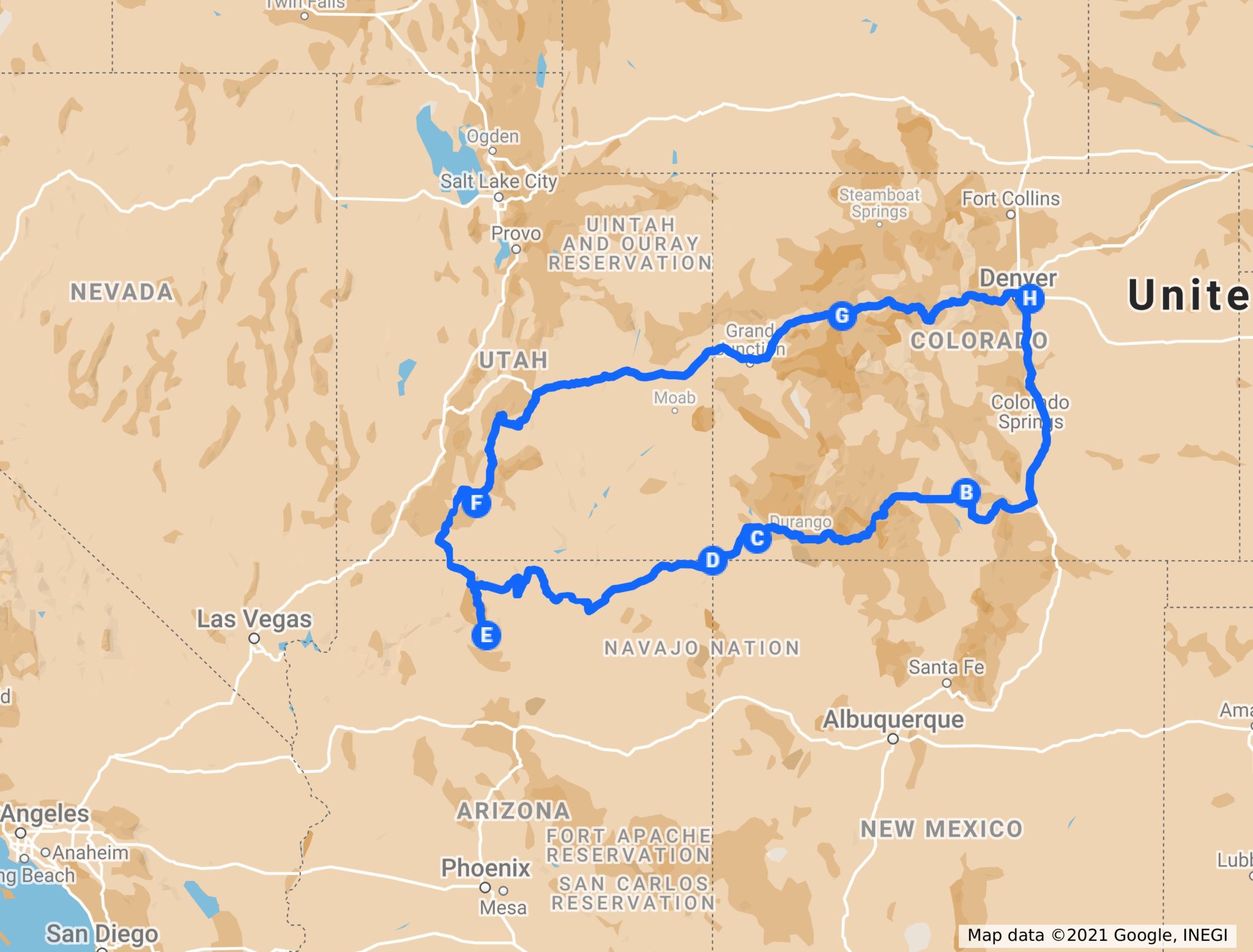
We left the Four Corners area after lunch, which would turn out to be a big mistake, as the drive to the North Rim of the Grand Canyon was a lot longer than I thought it would be.
We quickly crossed over into Arizona, and we immediately began traveling through some strange and lonesome lands. At Tuba City, we turned north and headed to Lee’s Ferry. We practically had the road to ourselves the whole way. I would say I saw less than a dozen cars until we reached Lee’s Ferry. Our only companions were the Echo and Vermillion cliffs that run parallel to the highway.
It was kind of unnerving, to be honest.
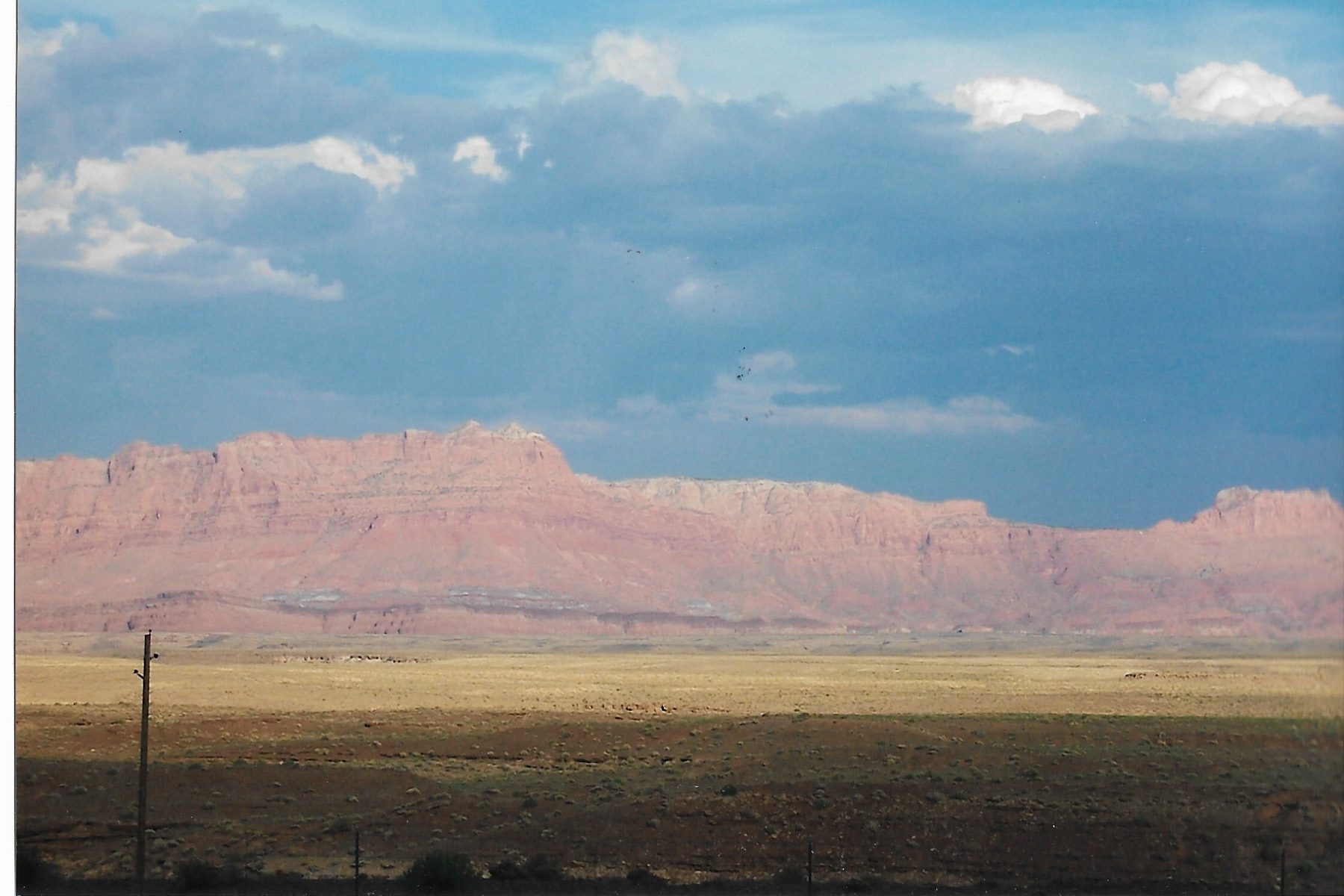
Once we got close to Lee’s Ferry, we stopped to stretch our legs and get some drinks and snacks out of the coolers. We also took the opportunity to snap a few pics of some really weird rock formations.
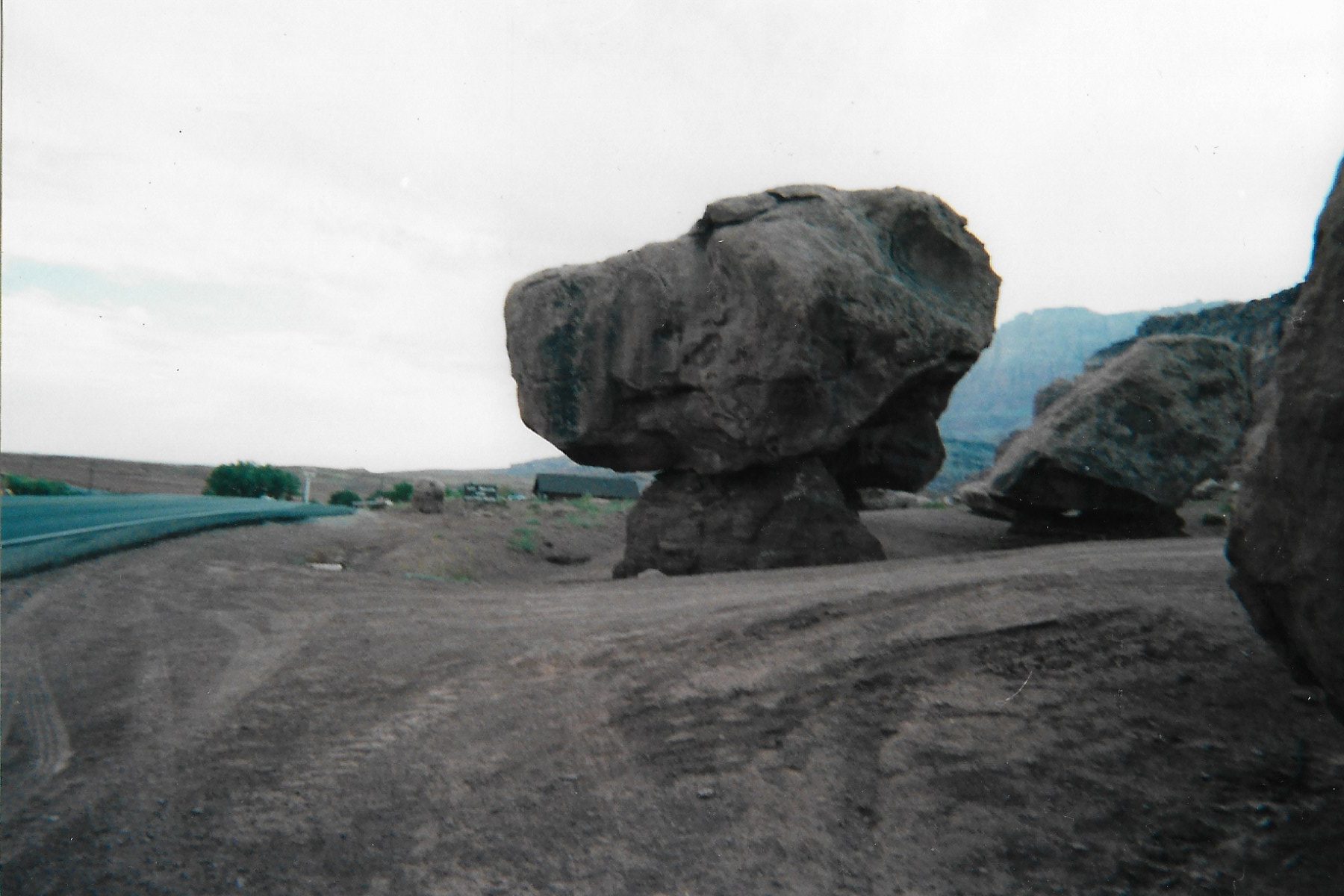
Having worked the kinks out of our legs and backs, we climbed back into the van and made the final push to the Grand Canyon. It was getting dark and we needed a place to rest our weary heads.
E – The Grand Canyon
Unfortunately, my gambling ways on not making camping reservations finally bit me in the ass. The campground on the North Rim was full, and was pretty much full for the foreseeable future. (In my defense, the reason I hadn’t made reservations was because I didn’t want to be locked into a hard schedule. If we wanted to stay longer at a certain area, or if we wanted to see something else along the way, I wanted to have the flexibility to do so).
With camping out, we began searching for a place to sleep. Remember, this was before smart phones, so we had to find lodging the old fashioned way: we drove around until we found a motel with vacancies. We finally found a place in Kanab, Utah, where we would spend the next few nights.
Kanab is about eighty minute drive to the Canyon, and I found the drive to the canyon fascinating. In a drive of less than 70 miles you end up traveling through dramatic changes in the landscape, as you can see below.
When you leave Kanab, you start by driving through desert scrub brush…
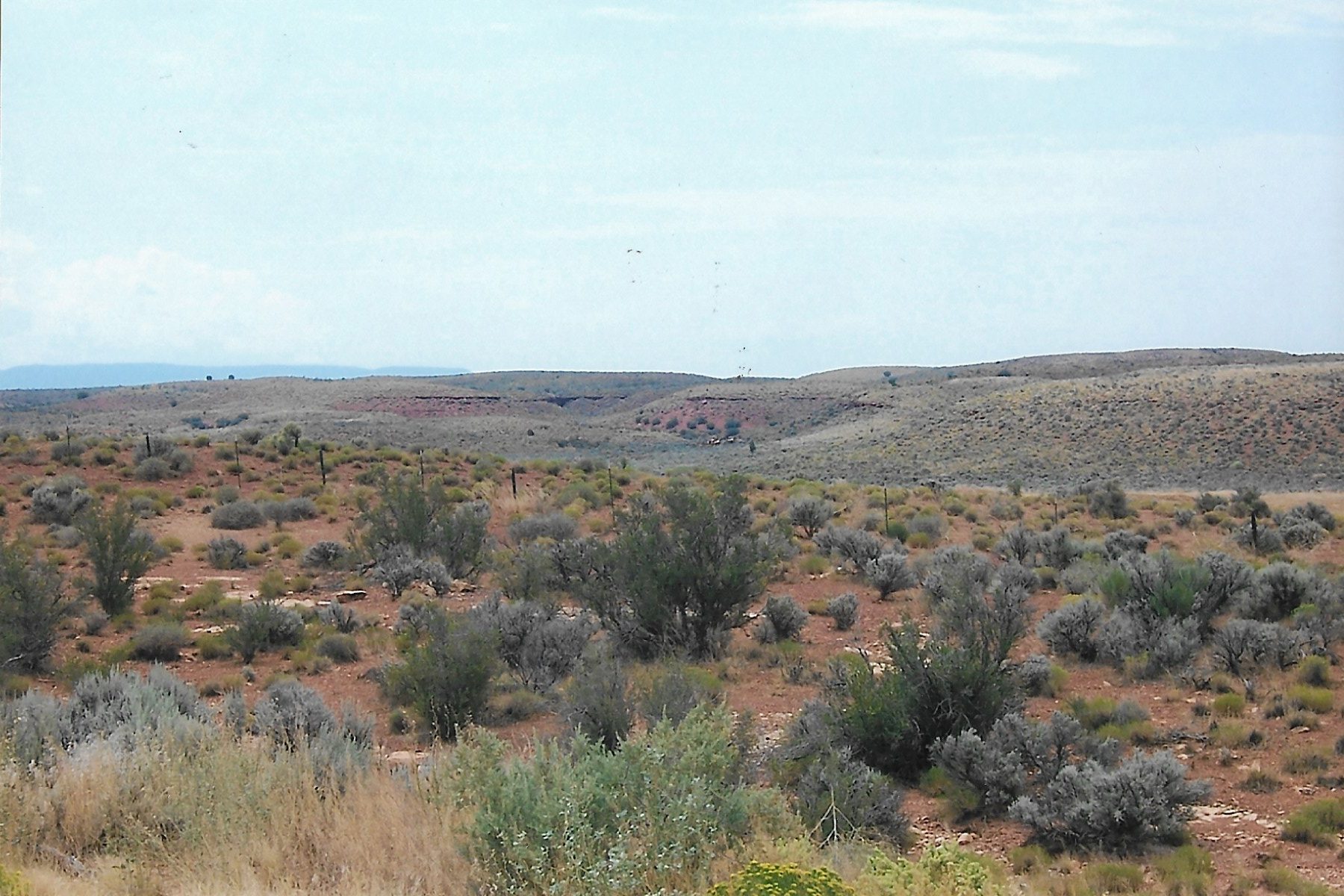
While halfway through the drive, you find yourself traveling through juniper/pinyon pine forests…
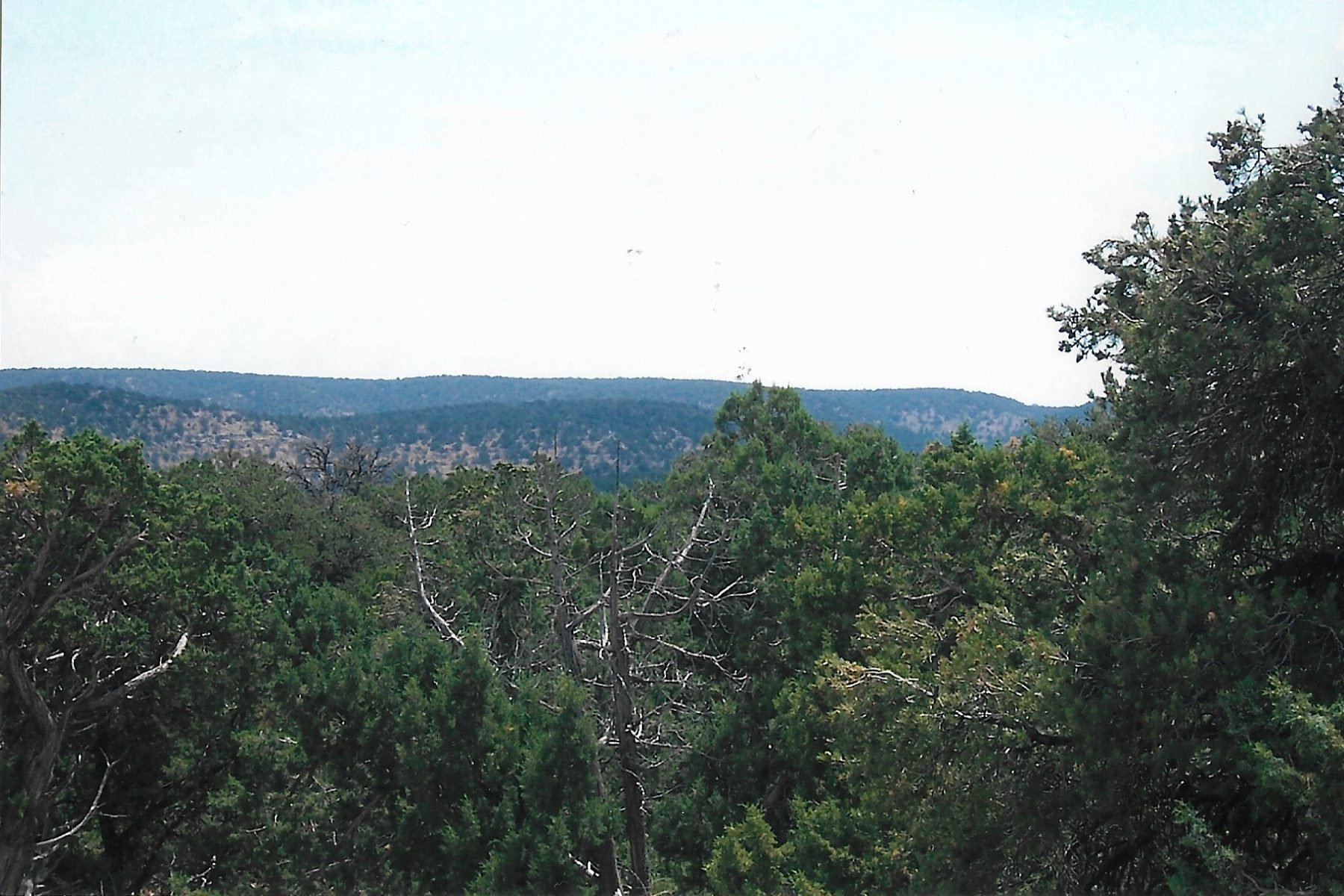
Until you reach the North Rim of the canyon, where you will find yourself surrounded by Ponderosa pines and Spruce trees. All that changes in little over an hour of traveling time. It almost felt like we were back in Colorado. The North Rim sits at 8,000 feet of elevation, and so it has a very similar climate to the mountain forests of Colorado.
As a matter of fact, the North Rim is over one thousand feet higher than the South Rim, and thus it is the more temperate of the two rims.
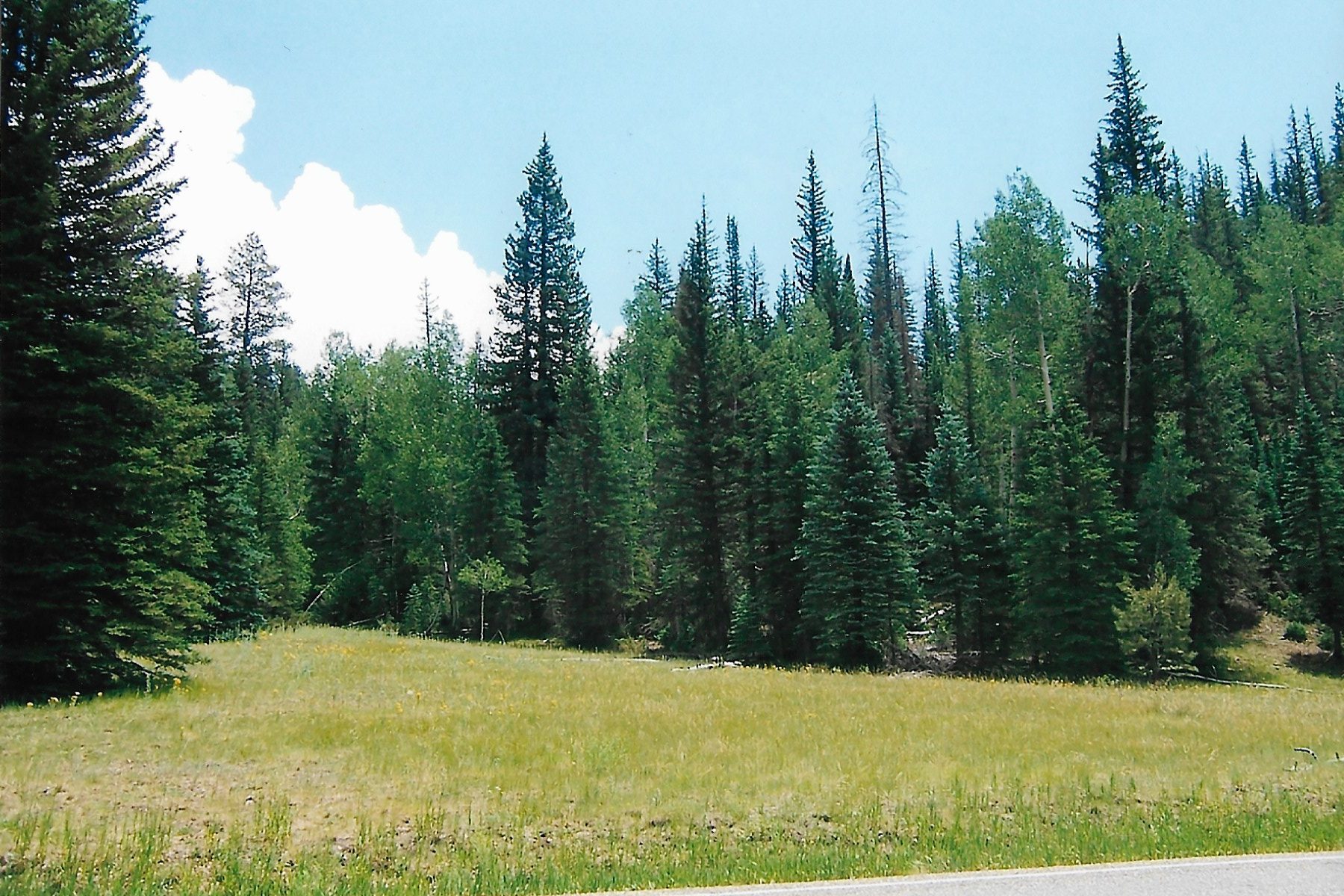
The Canyon
What hope is there in using words to convey the awesome majesty of the Grand Canyon? What superlatives haven’t already been exhausted in trying to describe just how overwhelming the experience of the Canyon is? This is one of those places that if you have been there you know, and if you haven’t, then you need to see it for yourself.
The truth is, trying to comprehend the Canyon has a way of bending the human mind.
Let me provide you a couple of examples of that. The first Spanish explorers to visit the canyon were actually unimpressed by the Canyon. To them this was just another ravine, among the countless other ravines scattered throughout the West, that they needed to find a way to traverse. They saw the mighty Colorado river as nothing more than a tiny stream at the bottom of a gully. It wasn’t until they sent scouts partway down into the Canyon that they started to get a glimmer of what they were witnessing. What they thought were just some rocks turned out to be boulders bigger than houses. They ultimately decided to skirt the canyon, but in the accounts of their travels they make almost no mention of this immense canyon! Their minds refused to accept the enormity of what they had encountered.
Here’s another: one one of her shows, TV travel host Samantha Brown took a helicopter tour of the Canyon. The pilot of the copter approached the rim of the Canyon at low altitude, practically nap of the earth, so as not to spoil the surprise. Ms. Brown is one of those perky and relentless upbeat type of people, and she was chattering away excitedly (nervously?) to the pilot non-stop on the approach to the Canyon. Then, when the helicopter flew past the rim and the Canyon dropped beneath them in all its majasty, Ms. Brown was actually rendered speechless. She even wept.
Such is the power of the Canyon.
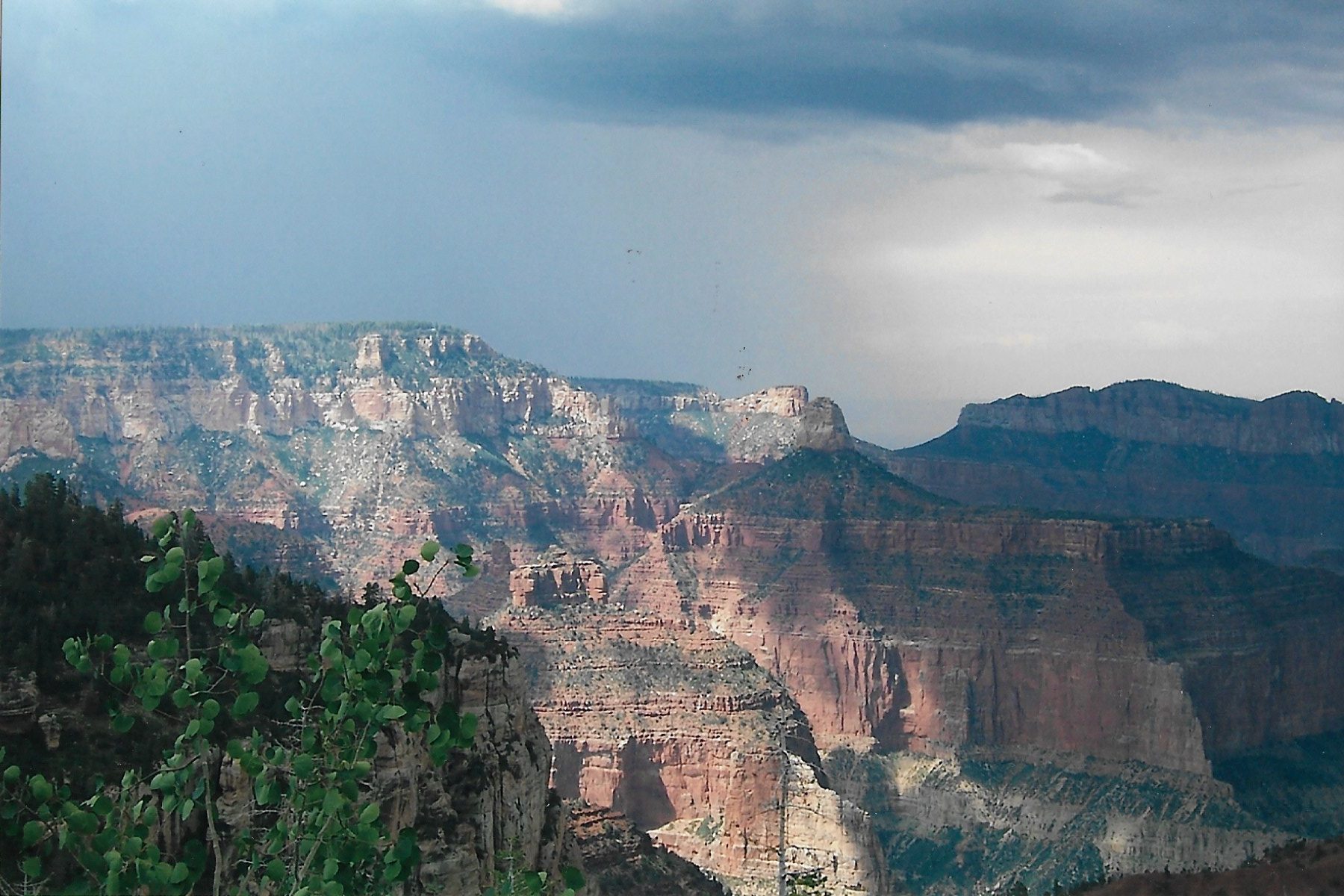
Alright, since words are useless in trying to convey the pure awesomeness of the Canyon, I’ll focus instead on our visit. We chose the North Rim for a couple of reasons, the biggest of which is that this side of the Canyon only receives a tenth of the visitors the South Rim does. Fewer visitors = fewer crowds.
Second, as I mentioned above, the North Rim is more temperate than the South Rim. Daytime temps can be 8-10 degrees cooler on the North Rim than the South Rim. Seeing as we visited in the middle of July, cooler temps made for a better experience.
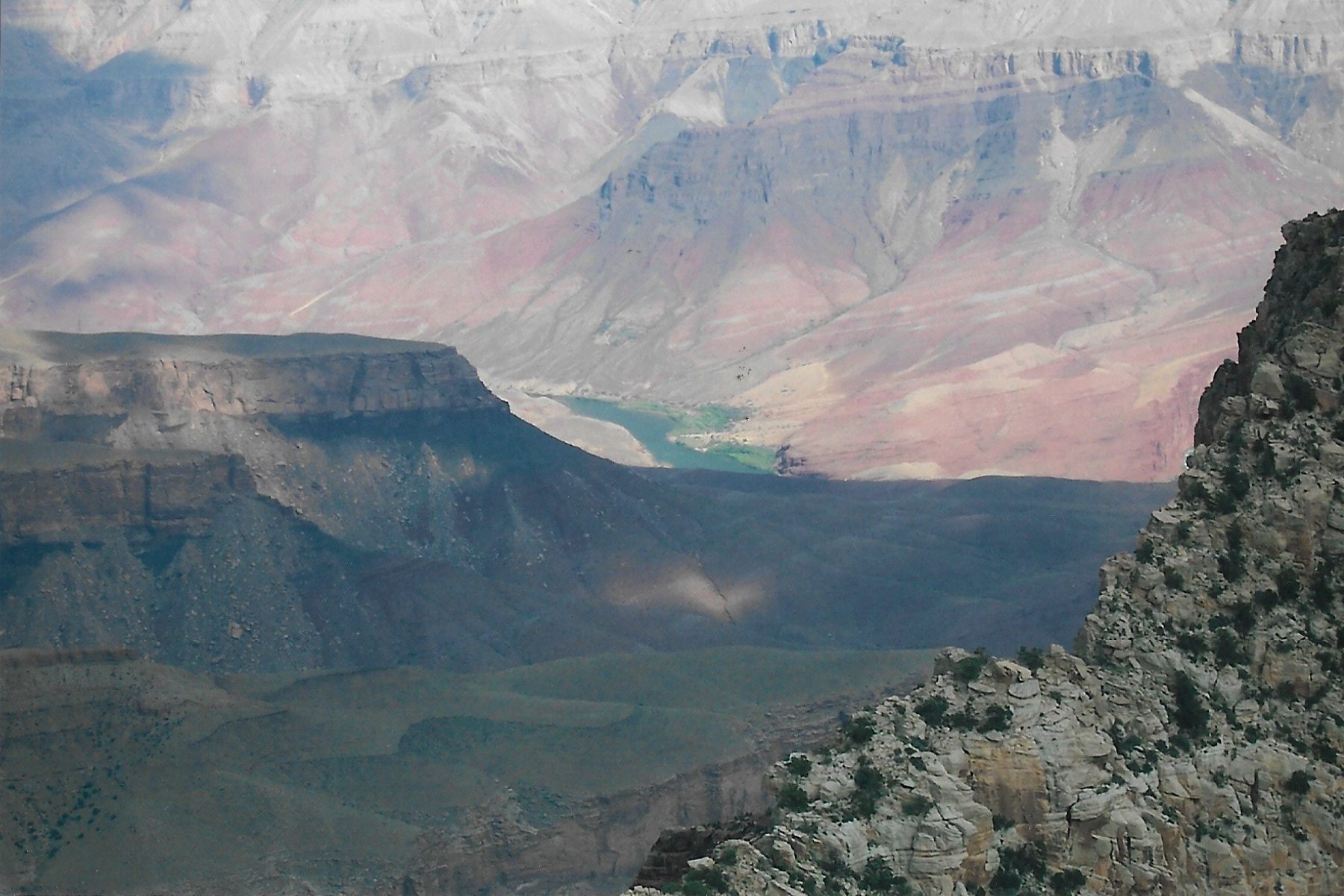
I highly recommend checking out different views of the Canyon by taking the North Rim drive. This 23 mile road takes you from the Lodge to Cape Royal, and there are numerous stops along the way where you can get out and take a short hike or just snap some pics.
Amenities: if going to camp, you’re going to need to make reservations! North Rim Campground, Grand Canyon National Park – Recreation.gov
If you choose not to camp, the North Rim Lodge is available, but I have no idea how nice the rooms are. I’m going to assume that they are awesome, because the Lodge itself is beautiful. The Lodge also has a restaurant/dining room, as well as a well stocked deli. We ate lunch at the deli a couple of times, and while the prices of the food were outrageous, the food itself was fine.
If you choose not to stay in the park, your options are kind of limited. The towns of Freedonia, AZ and Kanab, UT are about an hour and half drive away. While both towns have motels, Freedonia’s had more of a “truck stop” vibe to it.
After spending a few days at the Grand Canyon, it was time for the VintageFamily to travel to another world.
F – Bryce Canyon, land of the Hoodoos
There are places in Utah that look like they come out of a Salvador Dali painting. Bryce Canyon is one of those places. Weird rock formations, called “hoodoos”, have been carved out of sandstone by ice, water and wind. The most impressive location to view these hoodoos is in the Bryce Amphitheater.
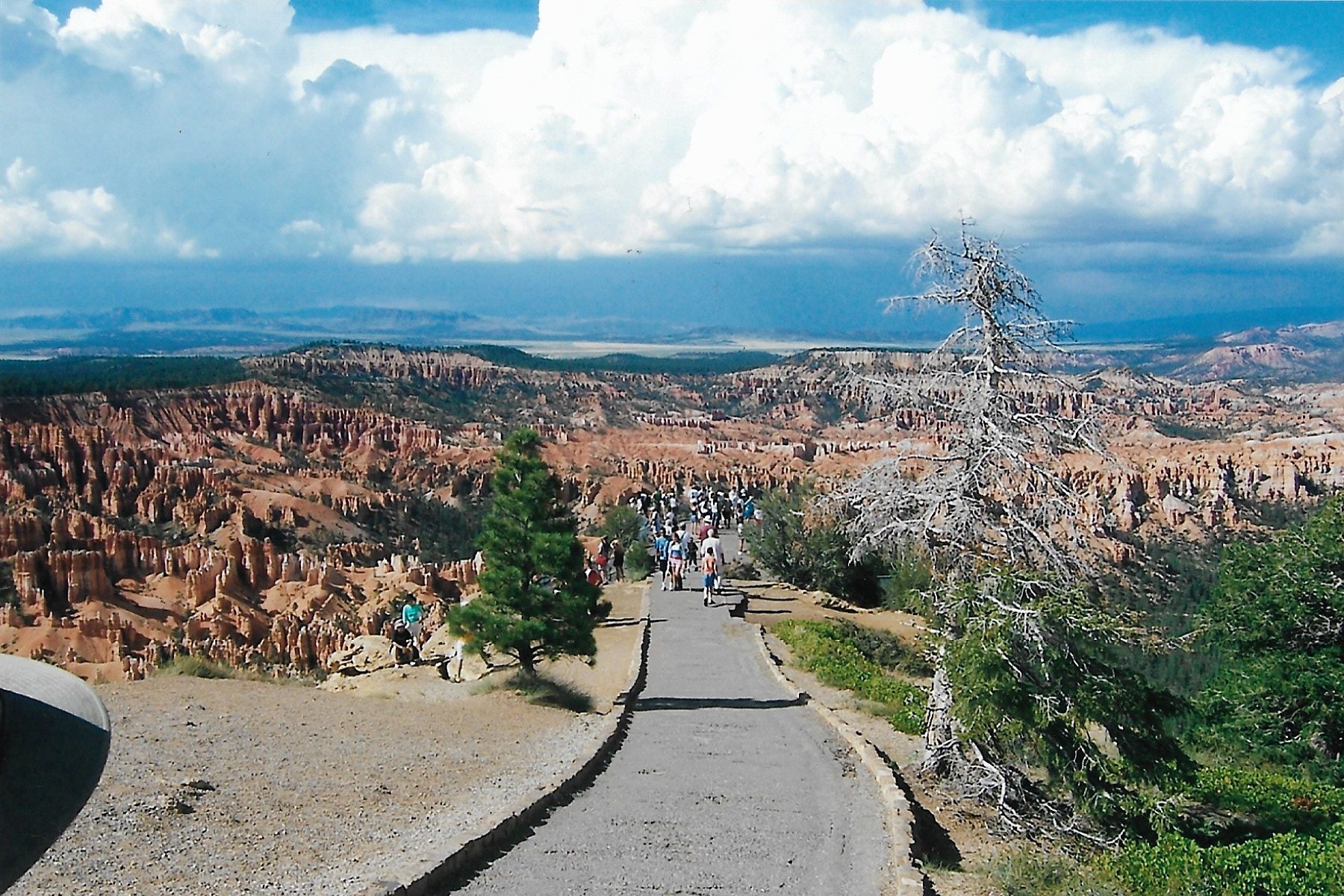
The Bryce Amphitheater is a bowl shaped depression on the eastern slope of a plateau. The shape of this bowl depression created the conditions that formed these weird rock formations.
Hiking is permitted in the Amphitheater, as long at you don’t climb on or mess around with the hoodoos. In spite of the fact they are made of stone, they are quite fragile.
If you don’t feel like hiking, but want to see more of the park, there is a 18 mile rim drive that starts at the Visitor Center and ends at Inspiration Point. There are 13 stops along the way to get out and enjoy the views.
Apparently, there is now a shared-use paved path available as well. This path can be used by pedestrians, bicyclist, skateboarders and more. You can even rent a bike if you didn’t bring your own (Mountain Bike Tours & Rentals | Bryce Canyon Country).
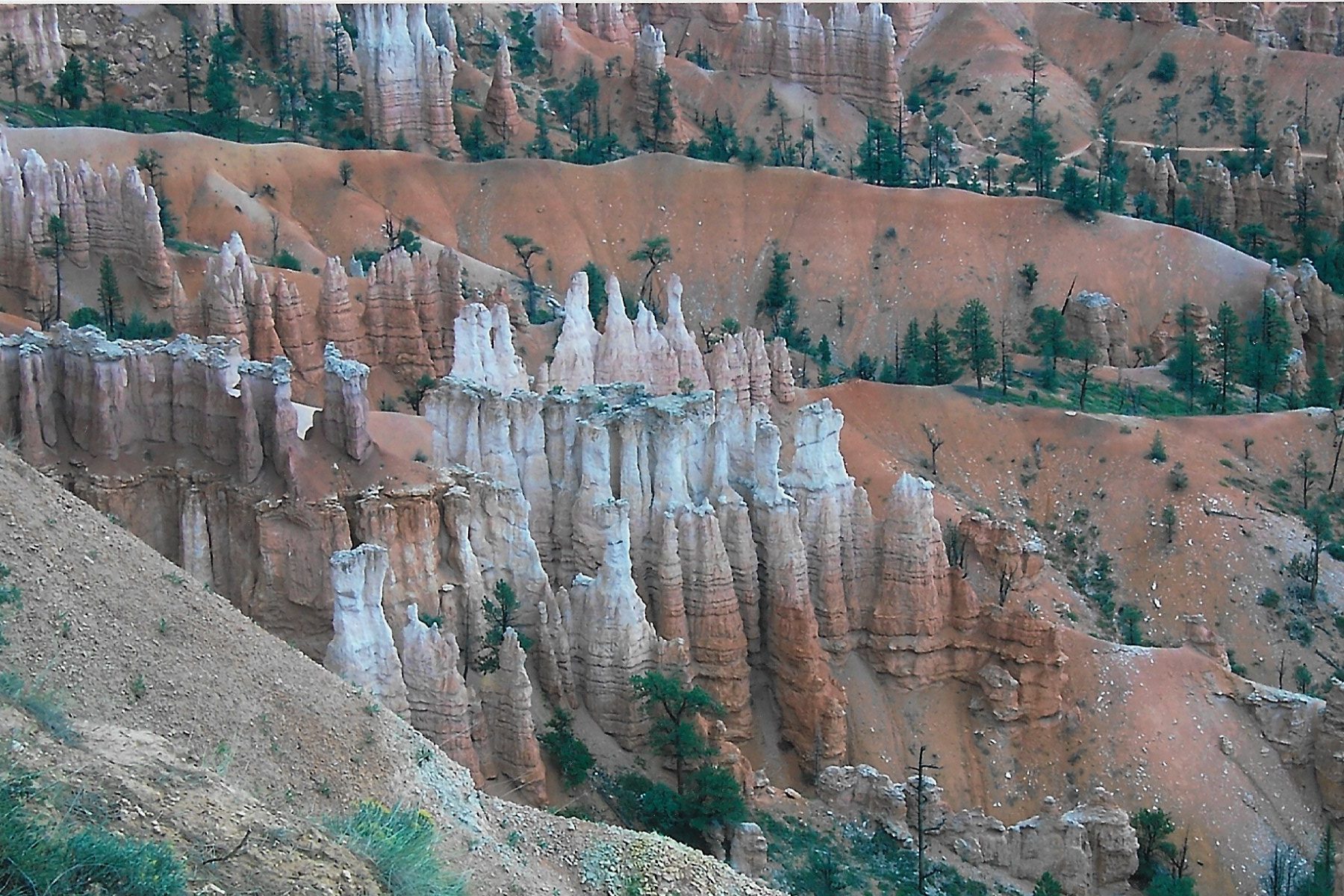
I think the whole family agreed that we found Bryce Canyon to be a little bit more of an enjoyable experience than the Grand Canyon. The Grand Canyon was just so big that our brains had a hard time wrapping around it. The smaller scale of Bryce Canyon, while strange, still made for a rather intimate adventure.
Amenities: once again, I did not make camping reservations for this park, but this time my gamble paid off. Again, nowadays I recommend making reservations: Campgrounds – Bryce Canyon National Park (U.S. National Park Service) (nps.gov)
Bryce Canyon is fairly remote. The nearest decent size town is Glendale, and it’s about an hour away. There is a general store in the park that sells grab-and-go foods. The Bryce Canyon Lodge has motel style rooms and cabins, as well as a dining room. Again, I have no idea of the quality.
After weeks on the road, the VintageFamily was getting weary and homesick. It was time to return to Colorado, but not before making one last stop.
G – Glenwood Springs and Hanging Lake
A funny thing happens on trip when you’ve decided it’s time to go home; now all you want to do IS go home. No more side trips or checking out scenic views. It’s pedal to the metal.
But after spending over two weeks traveling around the dry and dusty Southwest, we felt that we owed it to ourselves to spend a little time in more hospitable climes.
After breaking camp we made a beeline for the town of Glenwood Springs (Visit Glenwood Springs, CO – Official Travel Guide to Glenwood Springs). We spent two nights in town, but there’s not a whole lot to report on our visit. We spent one day at the pool, and except then enjoyed a pasta repast at “The Italian Underground” (The Italian Underground | Best Italian Restaurant in Glenwood Springs, CO) for dinner. We eat this restaurant every time we visit Glenwood Spring for it is eccellente!
On the last day of our roadtrip, we decided to hike up to Hanging Lake, just outside of Glenwood Springs. While MrsVintage chillaxed in the van, the VintageDaughters and I made the one mile trek up to the beautiful lake. While the trail is short, it is relatively steep, so be prepared for a good workout.
Nowadays you need a permit to make the hike: (Hiking to Hanging Lake Colorado | Colorado.com). The current price for the permit is $12, but the views at the lake make it worthwhile.
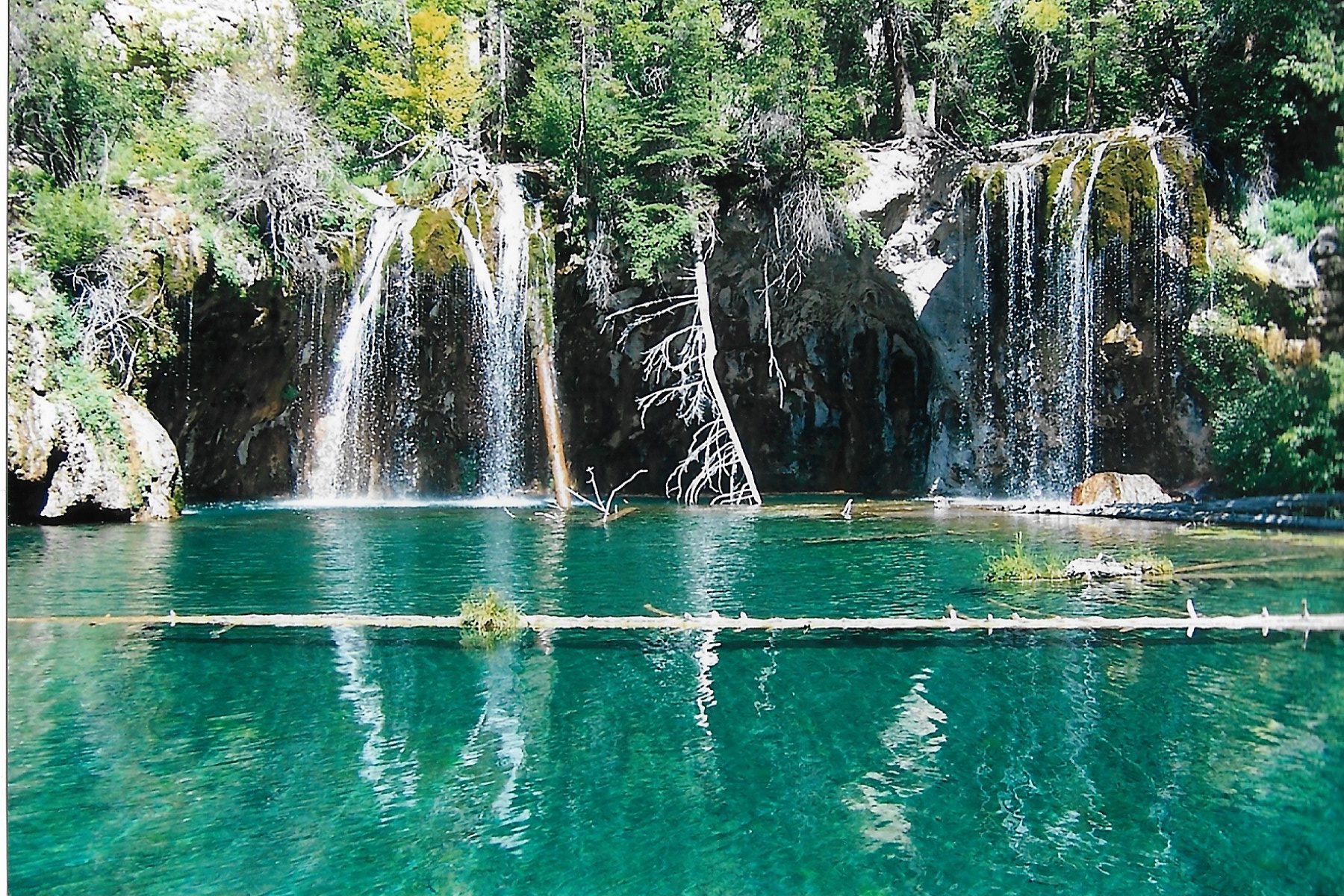
After the VintageDaughters and I returned to the van, we grabbed some cold beverages and lunch. Then we packed everything away and drove the final leg for home. The Great Southwest Desert Roadtrip was done.
Epilogue:
The Great Southwest Desert Roadtrip was a fine adventure for the VintageFamily, possibly one of the most memorial trips we ever made.
We got to see mountains, sand dunes, ruins of a long-gone civilization, tourist traps, a mind-boggling Canyon, alien rock formations, a lake perched on the side of a mountain and lots of different kinds of animals.
We even saw a septic tank dressed up as a pig!
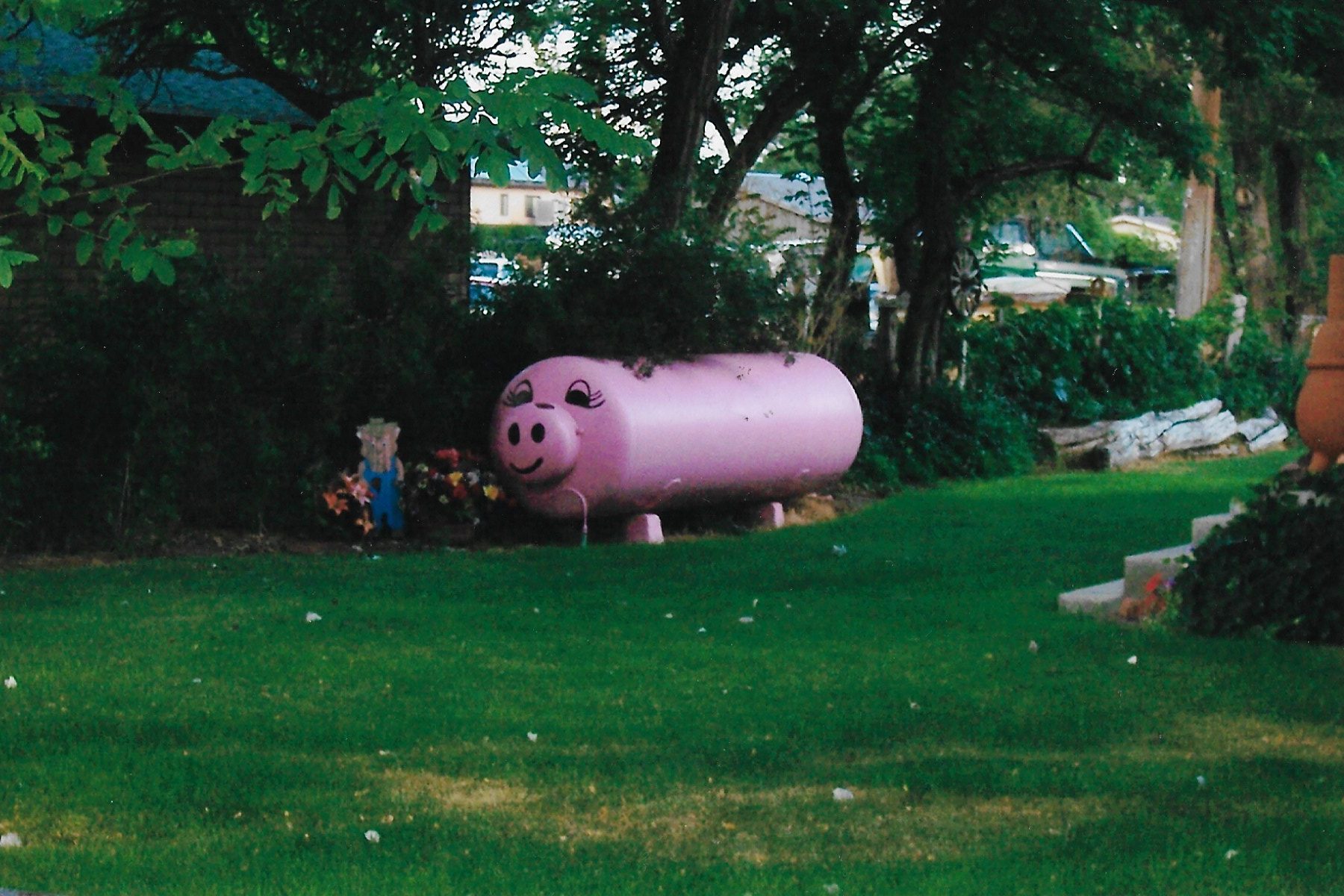
So while much has changed in the American Southwest over the intervening years since my family and I made this trip (especially prices!), the places we visited are timeless and immutable. There is so much to see and do in that part of the country, and I hope this post has inspired you to visit fascinating region.
Happy Trails my friends!

